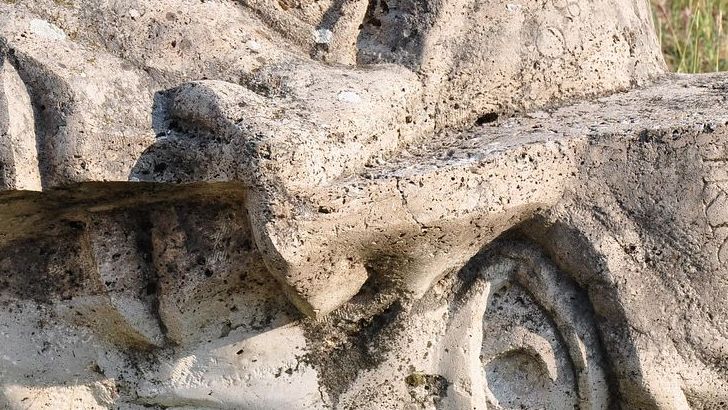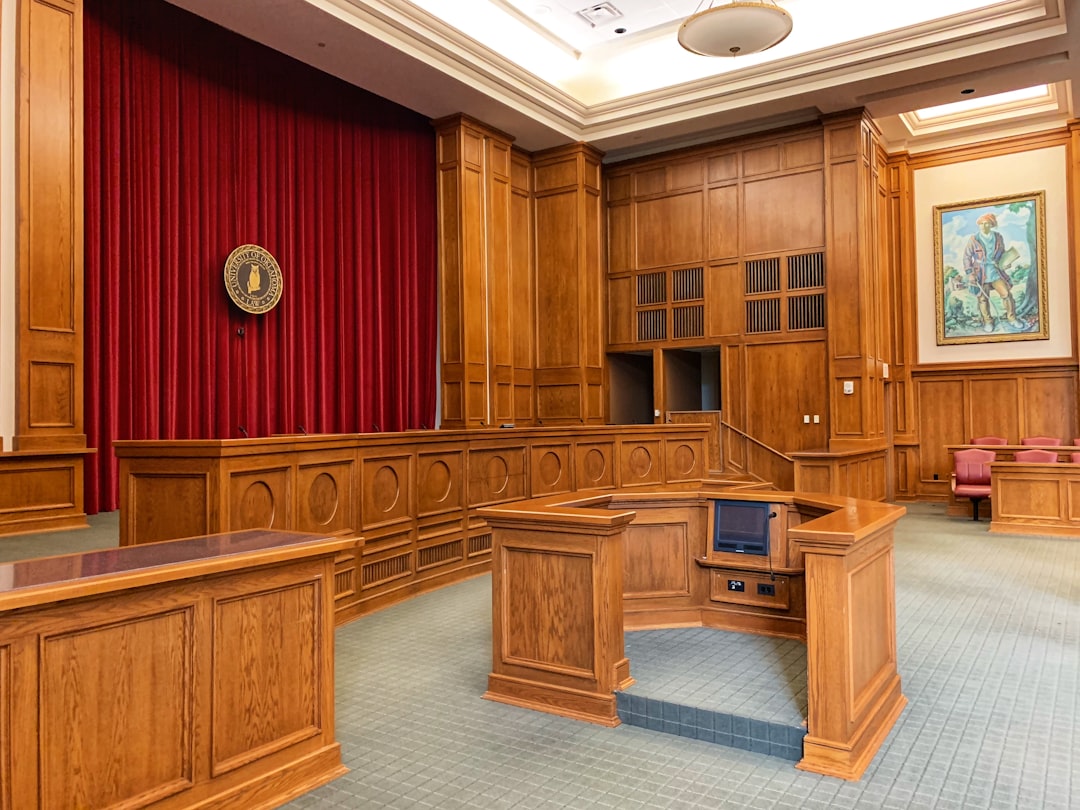Egypt: The Cradle of Civilization

Egypt stands as one of humanity’s oldest societies, with a continuous culture stretching back more than 5,000 years. The Pyramids of Giza and the Sphinx are iconic reminders of the country’s architectural genius, and they still draw millions of tourists every year. Along the banks of the Nile, ancient Egyptians developed complex irrigation systems, advanced mathematics, and early forms of medicine. Recent archaeological finds, like newly discovered tombs in Saqqara in 2024, have surprised experts and captured the public’s imagination. These discoveries often reveal new hieroglyphics and burial rituals, adding layers to what we know about ancient Egyptian life. Museums in Cairo and Alexandria house countless artifacts, ranging from mummies to papyrus scrolls, preserving these stories for generations. Cultural festivals celebrating Pharaonic traditions are held regularly, and the country invests heavily in site preservation. Egypt’s ancient history is a point of national pride, woven deeply into daily life and modern identity.
China: A Continuous Civilization

China’s civilization is one of the world’s oldest and most enduring, with roots that go back over 5,000 years. The dynastic system, beginning with the Shang and Zhou, shaped the nation’s politics, culture, and technology in ways that still echo today. Landmarks like the Great Wall and the Forbidden City are constant reminders of the country’s incredible architectural and engineering achievements. The invention of paper, printing, gunpowder, and the compass revolutionized not only Chinese society but also the entire world. As of 2025, China continues to balance breathtaking modernization with the preservation of its ancient customs, seen in the popularity of traditional festivals such as Chinese New Year. Archaeological excavations, like the ongoing discoveries at Sanxingdui, have revealed intricate bronzeware and jade artifacts, pushing scholars to rethink Chinese history. Major cities like Xi’an and Beijing blend ancient monuments with futuristic skylines, creating a unique cultural landscape. China’s heritage is celebrated at home and abroad, attracting millions of visitors each year to its historical treasures.
Greece: The Birthplace of Democracy

Greece’s influence on the world stretches back more than 3,000 years, with the ancient Greeks credited for pioneering democracy, philosophy, and art. Athens, often called the birthplace of democracy, saw citizens actively shaping their government, a concept that has shaped modern political systems worldwide. Philosophers like Socrates, Plato, and Aristotle questioned existence and ethics, leaving a legacy still taught in schools today. Greek architecture, especially the Parthenon, showcases incredible skill and symmetry, and these ancient buildings remain central to the country’s tourism industry. Mythology remains a cornerstone of Greek culture, inspiring literature, film, and art far beyond its borders. In 2025, Greece continues to host cultural festivals and preserve its ruins, with government programs focused on maintaining archaeological sites. The Athens Epidaurus Festival brings ancient drama to life each summer, connecting modern audiences with their heritage. Greece’s history is a source of immense pride and a foundation for its national identity.
India: A Land of Ancient Civilizations

India’s civilization is marked by stunning diversity and a timeline that stretches back over 4,500 years, beginning with the Indus Valley Civilization. The country is home to several major religions, including Hinduism, Buddhism, Jainism, and Sikhism, each leaving a profound mark on the landscape and culture. Ancient Indian scholars contributed to mathematics, inventing the concept of zero, and made strides in astronomy and medicine. The Vedas and Upanishads, ancient texts written in Sanskrit, are still studied for their spiritual and philosophical insights. Rapid economic growth in 2025 has not overshadowed the importance of cultural heritage, as seen in colorful festivals like Diwali and Holi. Ancient temples, forts, and the world-famous Taj Mahal attract visitors from every continent, reflecting the enduring appeal of India’s past. Preservation efforts are ongoing, with government and private initiatives working to protect monuments and traditions. India’s ancient legacy is woven into its modern identity, shaping everything from cuisine to daily customs.
Iran: The Heart of Ancient Persia

Iran, once known as Persia, has a history spanning at least 2,500 years, famously beginning with the Achaemenid Empire under Cyrus the Great. The Persian Empire was known for its vast reach, effective governance, and relative religious tolerance, setting standards for administration and diplomacy. Iran’s contributions to poetry, science, and art are world-renowned, with poets like Rumi and Hafez remaining internationally celebrated. The ruins of Persepolis and ancient cities like Pasargadae are listed as UNESCO World Heritage Sites, offering insights into the grandeur of Persian architecture. In 2025, Iran continues to face the challenge of balancing modernization with the preservation of its rich cultural heritage. Celebrations such as Nowruz, the Persian New Year, unite people across the region in honoring ancient traditions. Recent archaeological digs often uncover artifacts that deepen our understanding of Persian daily life and governance. Iran’s history is a pillar of national pride and influences its culture, literature, and policies today.
Italy: The Legacy of Rome

Italy’s historical roots run deep, with more than 3,000 years of civilization and the Roman Empire at its center. Roman law, governance, and engineering set foundations that many modern societies still rely on, while structures like the Colosseum and Roman Forum remain symbols of innovation. The Renaissance, which began in Italy, brought a burst of creativity that changed art and science forever, with figures such as Leonardo da Vinci and Michelangelo leaving masterpieces still admired in 2025. The preservation of ancient monuments is a national priority, and restoration projects are constantly underway to protect these treasures. Italian festivals, from Carnevale in Venice to historical reenactments in Rome, keep centuries-old traditions alive. Each region boasts its own distinct history and customs, making Italy a mosaic of cultures and stories. Museums and archaeological sites draw tourists from around the world, eager to experience the legacy of Rome firsthand. Italy’s ancient history is celebrated in daily life, from language to cuisine and public celebrations.
Turkey: A Crossroads of Civilizations

Turkey’s history stretches back over 4,000 years, making it a bridge between continents and cultures. The land has seen the rise and fall of many civilizations, including the Hittites, Byzantines, and Ottomans, each leaving unique marks on the country’s culture and architecture. Istanbul, once known as Byzantium and then Constantinople, has been the capital of empires and remains a vibrant, multicultural city. The archaeological site of Göbekli Tepe, dating back to 9600 BCE, is often called the world’s oldest temple, reshaping what we know about early human society. The Hagia Sophia, with its stunning domes and mosaics, stands as a testament to Turkey’s religious and architectural evolution. In 2025, Turkey’s government has emphasized the preservation of its many ancient sites, investing in both restoration and tourism. Cultural festivals celebrate Turkish music, dance, and cuisine, blending ancient influences with modern life. Turkey’s strategic location and deep history make it a vital crossroads for people, ideas, and traditions.
Mexico: The Legacy of Ancient Civilizations

Mexico’s story began long before the Spanish arrived, with civilizations like the Olmec, Maya, and Aztec leaving a breathtaking legacy. The pyramids of Teotihuacan and the ruins of Chichen Itza are not just tourist attractions but symbols of advanced astronomy, mathematics, and urban planning. Indigenous traditions, languages, and beliefs continue to shape Mexican identity, even as the country embraces modernity. Mexican culture fuses ancient rituals with Spanish influence, creating unique celebrations such as Día de los Muertos, which was added to UNESCO’s Intangible Cultural Heritage list. Preservation of archaeological sites is a major focus, with new discoveries in regions like Yucatán making headlines in 2024 and 2025. Mexican cuisine, with its roots in indigenous ingredients and Spanish techniques, is celebrated globally and was officially recognized by UNESCO. Government initiatives support the teaching of native languages and the protection of ancient ruins. Mexico’s ancient history is alive in its art, music, and daily life.
Japan: A Blend of Tradition and Modernity

Japan’s rich history began more than 2,000 years ago, shaped by emperors, samurai, and the philosophies of Buddhism and Shintoism. Ancient castles, shrines, and temples such as Kyoto’s Kiyomizu-dera and Nara’s Todai-ji stand as reminders of the nation’s storied past. The samurai code of bushido and the tea ceremony reflect values of honor, discipline, and beauty, still appreciated by many in modern society. Japan’s approach to modernization has always involved honoring tradition, with festivals like Hanami (cherry blossom viewing) drawing crowds each spring. Historical preservation is taken seriously, with strict laws and community involvement protecting ancient buildings and landscapes. Japanese cuisine, from sushi to kaiseki, tells stories of regional history and seasonal change. In 2025, Japan continues to be a leader in technology while remaining deeply connected to its heritage. The blending of old and new creates a unique cultural tapestry that fascinates people around the world.
Ethiopia: The Land of Origins

Ethiopia is often called the “Land of Origins” because of its ancient roots and role in human evolution, with archaeological sites like Lucy’s skeleton dating back over 3 million years. The Kingdom of Aksum, which flourished from the 1st to the 7th century CE, was a major trading empire and one of the first to officially adopt Christianity. Ethiopia’s rock-hewn churches in Lalibela and ancient obelisks in Axum continue to draw researchers and tourists alike, revealing sophisticated engineering and religious devotion. The Ethiopian Orthodox Church remains a powerful force, shaping the country’s traditions, art, and festivals, such as Timkat, celebrated with vibrant processions and rituals. Ethiopia’s many ethnic groups have preserved distinct languages, dances, and culinary traditions, making it a mosaic of cultures. In 2025, there are renewed efforts to protect and restore historical sites, supported by both government and international organizations. Ethiopian cuisine, known for injera and communal dining, reflects a history of sharing and hospitality. The country’s ancient legacy is a source of unity and pride for its people.







